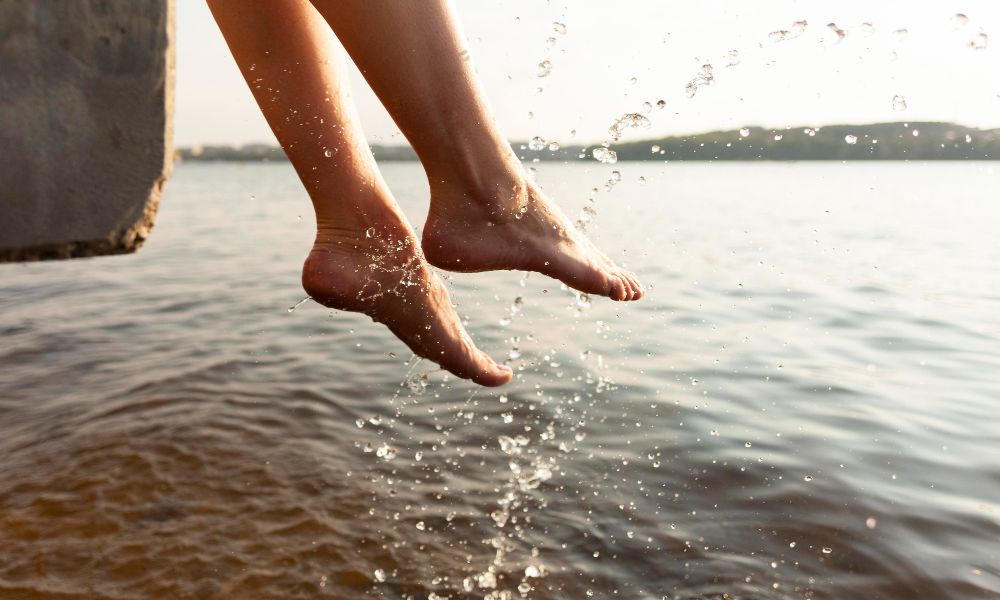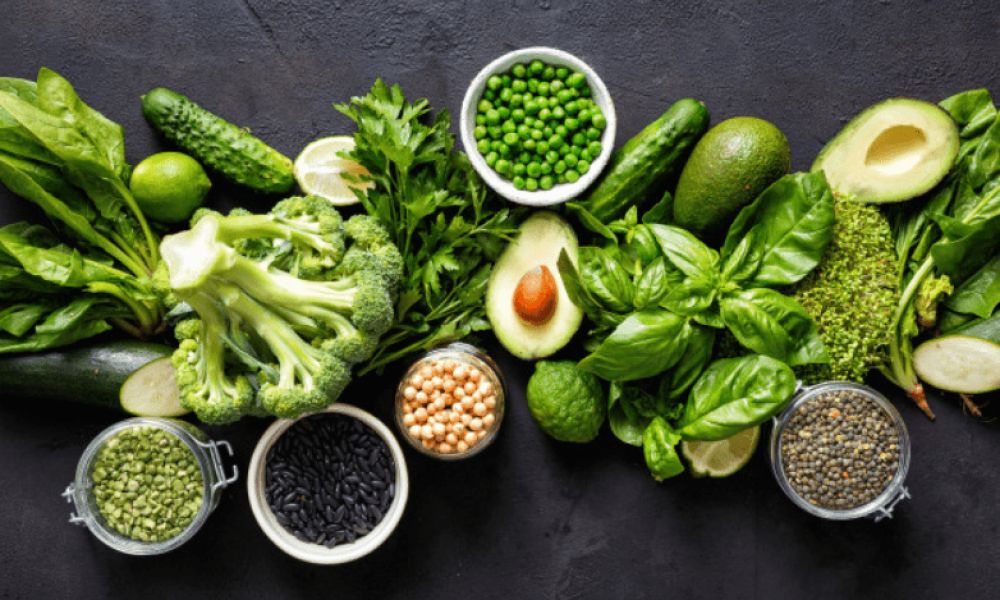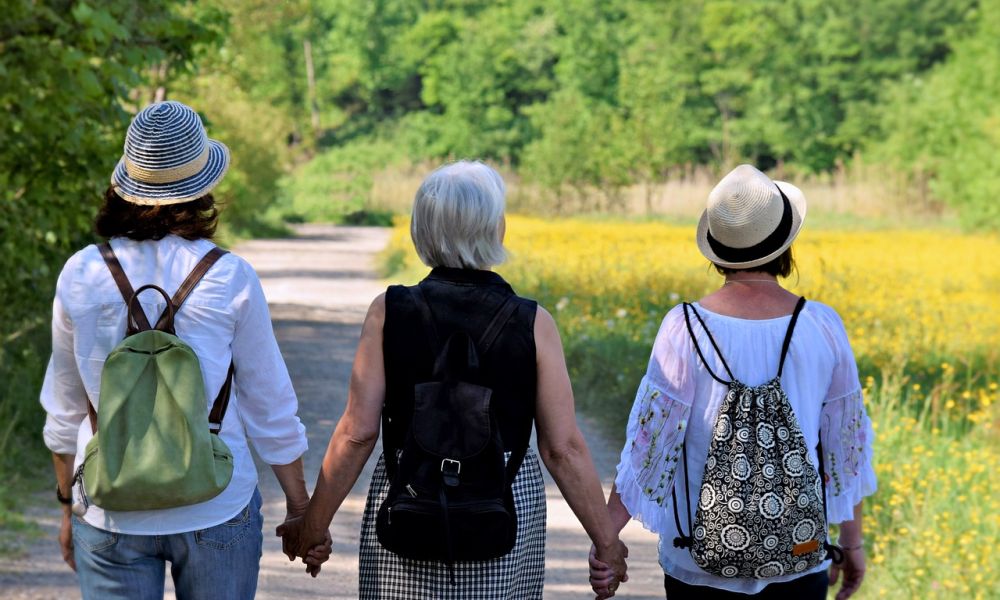Je perds du poids avec mon professionnel de santé Naturhouse
Je réserve mon bilan gratuit* |
Je découvre mon poids idéal
Ils ont réussi ! pourquoi pas vous ?
Maïlou, 12 Kg de moins
Christelle a perdu 9 Kg
Camille a perdu 5 kg
Bertrand a perdu 14 Kg
Maïlou, 12 Kg de moins
Christelle a perdu 9 Kg
Camille a perdu 5 kg
Bertrand a perdu 14 Kg
30 ans d'expérience dans la perte de poids
La méthode Naturhouse vous aide à atteindre et maintenir durablement votre poids santé accompagné par un professionnel de santé diplômé.
- Un suivi chaque semaine en centre ou en téléconsultation
- Votre diététicien-nutritionniste vous propose un plan diététique personnalisé
- Sont associés des produits à base de plantes, fruits, légumes, vitamines et minéraux..
Prenez rendez-vous pour un bilan gratuit !
Réservez votre premier bilan diététique maintenant
Perdez du poids durablement avec NaturHouse
Suivi en diététique et nutrition
Un accompagnement par un professionnel de santé toutes les semaines pour perdre du poids (600g à 1kg / semaine).
Une perte de poids durable avec les phases de stabilisation et d'entretien.
Plan diététique personnalisé
- Pas de régime, juste du rééquilibrage alimentaire.
- Pas de sensation de faim la méthode s’adapte à votre rythme de vie.
Accompagnement à base de plantes, fruits, légumes, vitamines et minéraux
Des produits qui fonctionnent en synergie avec l’alimentation. Leurs principes actifs répondent à des problématiques précises : rétention d’eau, cellulite, jambes lourdes, antioxydants, stress, ménopause…
Les univers Naturhouse
Conseils, Astuces, Fiches pratiques

Ginseng et gelée royale, des concentrés d’énergie
La gelée royale et le ginseng sont dotés de nombreuses propriétés qui en font les meilleurs alliés de notre corps en période de fatigue ou de stress physique et mental.

Lutter naturellement contre la rétention d'eau
Si vous vous sentez ballonné et que vous avez pris quelques kilos malgré une alimentation saine et la pratique d'une activité physique, cela peut être dû à de la rétention d'eau.

Comment éliminer les toxines ?
Notre santé dépend de nombreux facteurs : une alimentation équilibrée, de l'exercice physique et un mode de vie sain déterminent notre état et préviennent l'apparition de maladies. A condition d’être vigilant sur les toxines...

Cellulite : les réponses à tous vos doutes
Pourquoi ai-je de la cellulite ? Puis-je stopper son apparition ? Comment puis-je améliorer son aspect ? Bien connaître la cellulite, son évolution et les moyens de la combattre vous aidera à la traiter plus efficacement.

Flore intestinale, l'alliée minceur insoupçonnée
Pourquoi certaines personnes, à apport calorique égal, prennent-elles plus de poids que d'autres ? La réponse peut se trouver dans la composition de la flore intestinale...

La ménopause sans kilos superflus
Aborder positivement la ménopause comme une nouvelle période de la vie est capital pour ne pas la subir comme une épreuve. Quant à la tendance à la prise de poids qui peut l’accompagner, ce n'est pas une fatalité !

Ginseng et gelée royale, des concentrés d’énergie
La gelée royale et le ginseng sont dotés de nombreuses propriétés qui en font les meilleurs alliés de notre corps en période de fatigue ou de stress physique et mental.

Lutter naturellement contre la rétention d'eau
Si vous vous sentez ballonné et que vous avez pris quelques kilos malgré une alimentation saine et la pratique d'une activité physique, cela peut être dû à de la rétention d'eau.

Comment éliminer les toxines ?
Notre santé dépend de nombreux facteurs : une alimentation équilibrée, de l'exercice physique et un mode de vie sain déterminent notre état et préviennent l'apparition de maladies. A condition d’être vigilant sur les toxines...

Cellulite : les réponses à tous vos doutes
Pourquoi ai-je de la cellulite ? Puis-je stopper son apparition ? Comment puis-je améliorer son aspect ? Bien connaître la cellulite, son évolution et les moyens de la combattre vous aidera à la traiter plus efficacement.

Flore intestinale, l'alliée minceur insoupçonnée
Pourquoi certaines personnes, à apport calorique égal, prennent-elles plus de poids que d'autres ? La réponse peut se trouver dans la composition de la flore intestinale...

La ménopause sans kilos superflus
Aborder positivement la ménopause comme une nouvelle période de la vie est capital pour ne pas la subir comme une épreuve. Quant à la tendance à la prise de poids qui peut l’accompagner, ce n'est pas une fatalité !








